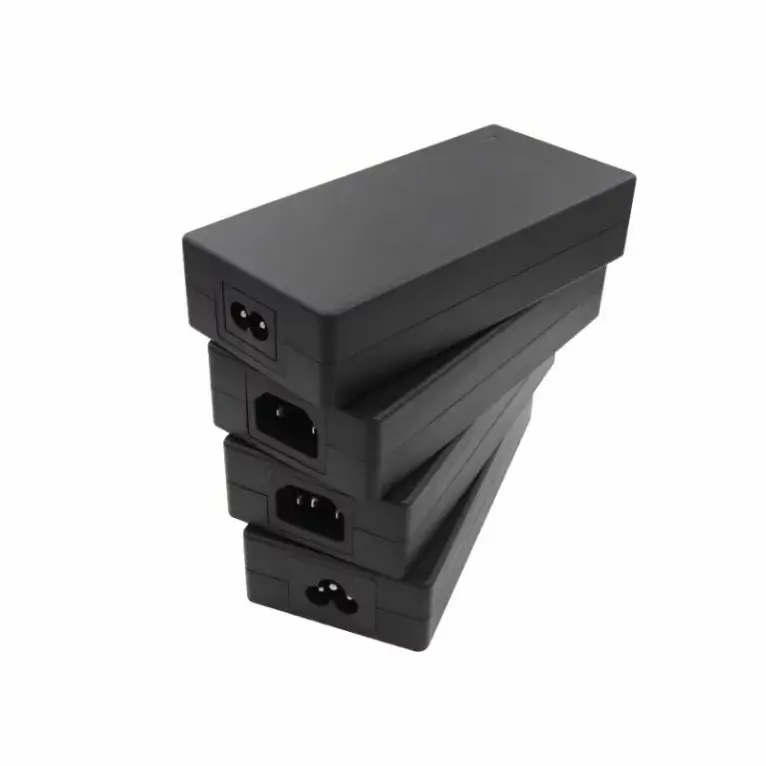
On July 25, 2014, the Dongguan Municipal Bureau of Economics and Information Technology organized and convened the final meeting of the “Development and Industrialization of Power Supply Devices for New Generation Medical Electronic Equipment” undertaken by UE Electronics. During the meeting, the expert group listened to the project summary report and the special audit report, reviewed relevant materials, conducted on-site inspections and inquiries, and agreed that the project has completed the technical innovation content of the application report, and the investment structure can be implemented as planned. It is recommended that the project be completed. question.
The materials submitted at the acceptance meeting are complete and meet the requirements for the conclusion of the question. The expert group pointed out that on the basis of the 120W medical electronic equipment supporting power supply device developed in the early stage, the structure and performance of the project have been further optimized, and two new specifications of 48W and 60W have been developed. The technical performance has reached the international advanced level of similar products. The 48W~120W series of new-generation medical electronic equipment supporting power supply products, and a number of new-generation medical power supply production lines have been transformed to achieve industrialization. The project products were tested by Jiangsu TUV Product Service Co., Ltd. Shenzhen Branch, and the measured indicators met the main technical indicator requirements of the project application report. The product has been well received by users. The planned investment of the project is 8.5 million yuan, and the actual investment is 8.853 million yuan. The use of financial funds meets the relevant regulations and has achieved good economic and social benefits.
With the care and support of the leaders, with the strong cooperation of various departments of the company, and after nearly a year of hard work by the project team members, UE Electronics has successfully completed the construction of the “Development and Industrialization of New Generation Medical Equipment Power Supply Devices” project. Success, our company will use this as a platform in the future to push the project construction work to a new level.






